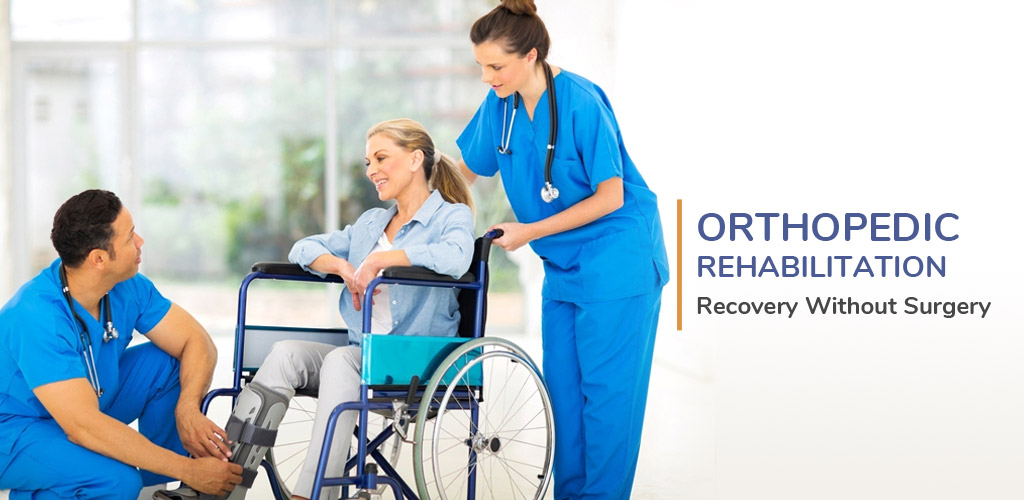Refining the art of human-centered design is paramount for implementing workspaces that support postural health and productivity. Ergonomics is the science of tailoring task areas, tools, and tasks to fit the requirements of workers. By focusing on how users engage with their physical environment, businesses can alleviate risk of injury and avoid injuries. An ergonomic workspace enables fluid movement and lessens strain, which can lead to improved performance and well-being among staff members.
One important element of ergonomic planning is the organization of workstation elements and tools. Work surfaces should be at a position that allows workers to sit with their elbows at a 90-degree angle while typing. Chairs should offer adequate lumbar stability for the lower back, encouraging spinal alignment. Additionally, monitors should be positioned at eye level to prevent neck strain. By confirming that these ergonomic components are properly adjusted, employees can copyright a neutral position throughout their assignments, reducing fatigue and boosting cognitive performance.

A further important consideration in an optimized workspace is the use of supportive devices and equipment. This includes input devices, pointing devices, and other devices designed to minimize cumulative trauma disorders. For instance, using an orthopedic typing device can contribute to reduce wrist pain caused by prolonged typing. Furthermore, adjustable chairs and sit-stand desks enable employees to alternate their position throughout the day, which can ease discomfort and boost physical endurance. Implementing industry-grade ergonomic solutions can result in healthier work habits try this and higher productivity rates.
Illumination is also a vital aspect in workspace ergonomics. Proper lighting can reduce eye strain and make it easier to engage with their job functions. Daylight is optimal, but if that is see not available, using task-specific artificial lighting can help providing a functional atmosphere. It is advisable to avoid harsh fluorescent lights that may cause visual discomfort or fatigue. By ensuring sufficient lighting, employers can establish an environment that supports both comfort and efficiency.
To conclude, advocating for periodic breaks is vital for maintaining an healthy workspace. Motivating employees to take timed breaks can aid disperse fatigue and mental overload. During these breaks, users should be encouraged to move around or get up to improve physical engagement. Structuring scheduled break times can facilitate build a structure that values employee wellness without sacrificing work results. Overall, embracing ergonomics in the office not only improves well-being but also fosters a more engaged work culture where team members can thrive.
Comments on “Perfecting this Craft of Workplace Design to Optimize Comfort and Performance in Workspaces”